“This is the way I see it. This is the way I feel it, and I think this is perfectly legitimate in that photography has very little of reality in it, and then only on the lower level of simple recognition. Beyond that, in transmission of the inner feeling, I feel that everything that is honest to the situation is honest to the photograph.”
— W. Eugene Smith
A while back, I was showing a friend how I edit my photos, showing him how I do it in Snapseed or Lightroom or some other app. As I shared my “recipe,” I suddenly understood that I wasn’t just talking about the technical aspects of processing an image—I was actually explaining what photography means to me. Whoa!
It’s been my experience that photography is more than just the process of taking a picture of something to show how it looks. A good photo, in my opinion, should do more than just be a record of an event or a thing; it should be able to touch people and stick with them.
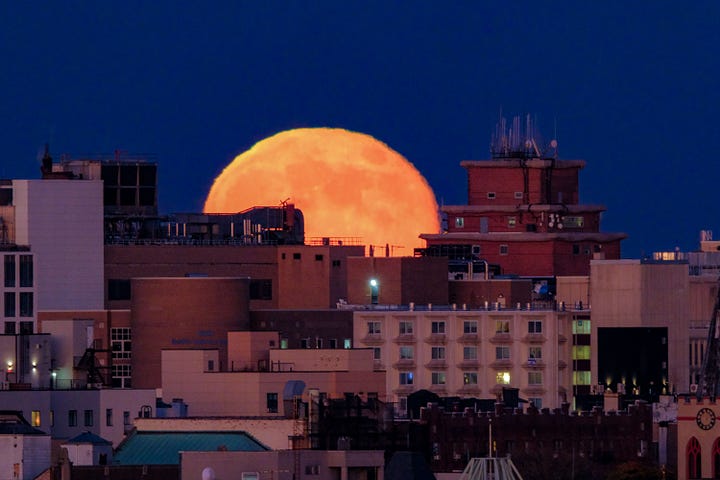
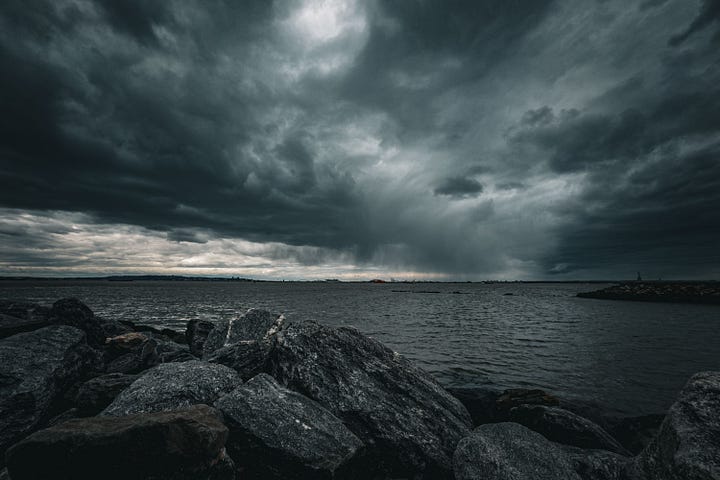
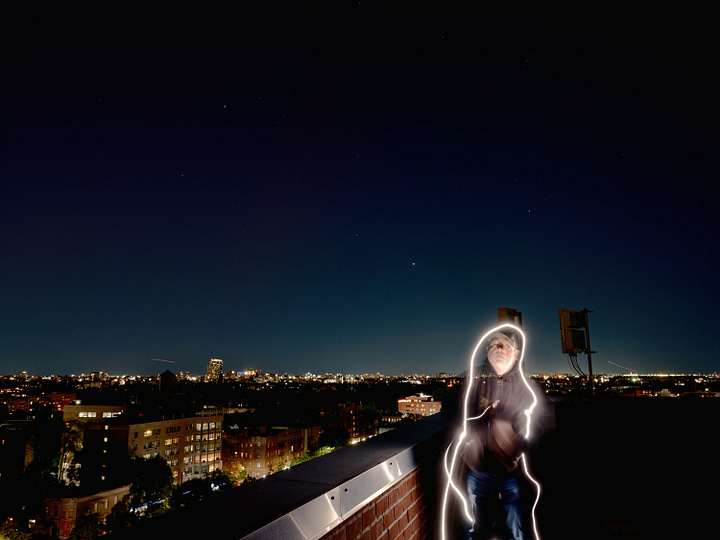
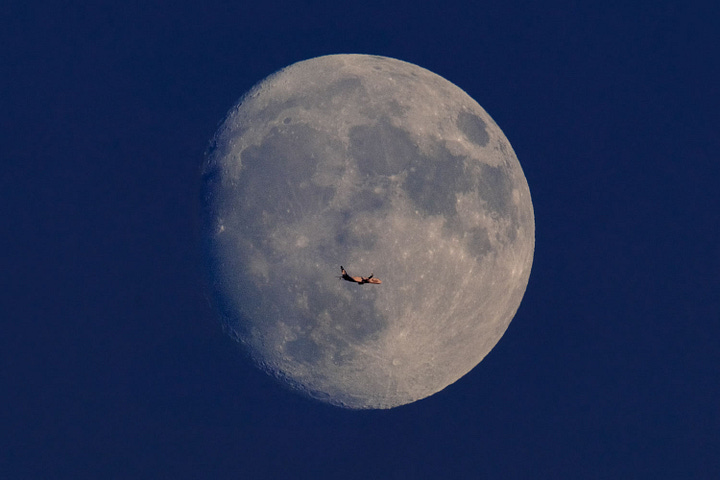
This is why I resonate with Avedon’s idea that “All photos are accurate. None are the truth.” But lately, I’ve been thinking that photos are not truly accurate. Every single aspect of a photo – the lens, the sensor, the editing, the screen on which it is viewed, where it is seen – influences the way the photo looks and how you experience it. How could any photo be a ‘real’, correct version of reality if there are so many ways in which it’s altered? I’ve come to accept the fact that a photo will never be an exact replication of what was there.
So, what is it?
While explaining my editing choices to this friend, a photo of some clouds at sunrise came up. I showed him the before and after (something I rarely do, by the way). The original was a bit on the dull side, with no bright colors and hardly any depth in the picture. The edited version? The difference was quite obvious: vibrant colors, more depth - what that sunrise ought to look like. Yet I thought: how can I change the image in processing and still believe that I’m still showing what really happened?
If I’m unwilling to present reality as it appears then what the hell am I doing?
For me, it’s simple: I need to make the image look like how I felt when I was viewing the scene in the first place. And I say “looks like” because it’s impossible to convey all those feelings into a photo. Sometimes, images fall short in that department.
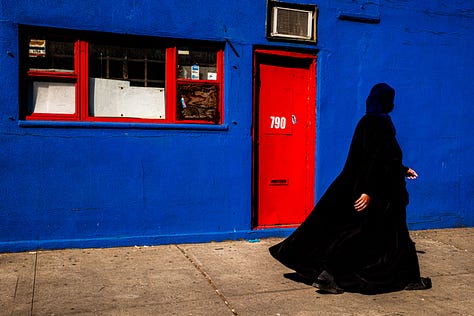
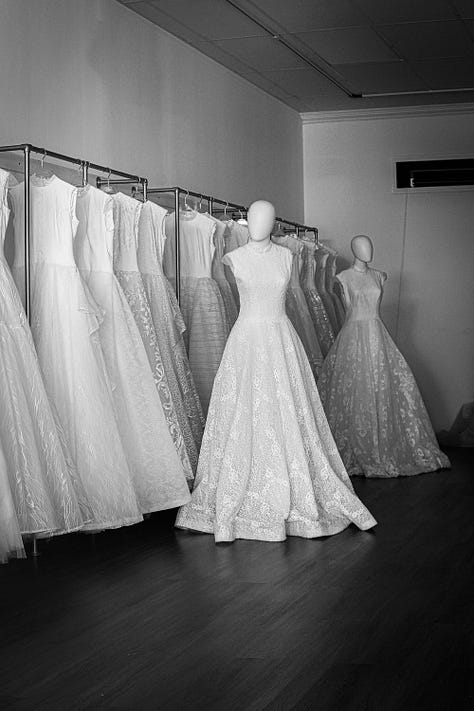

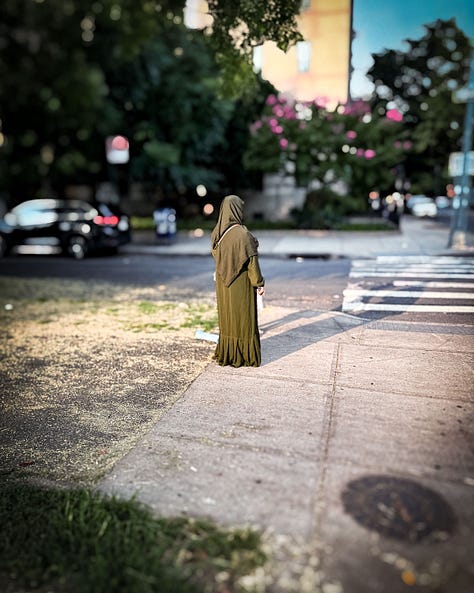
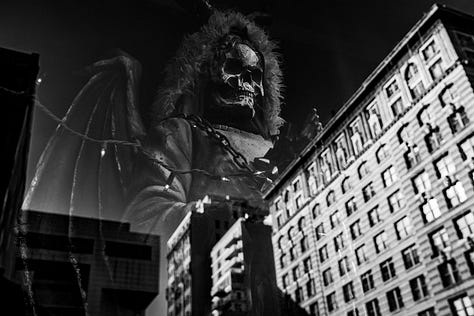
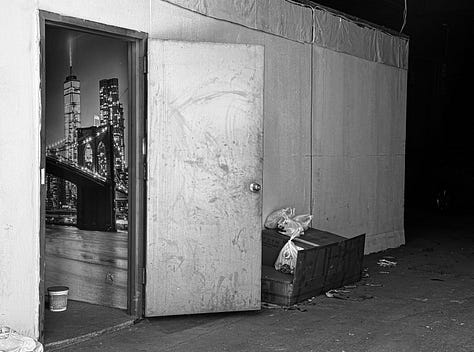
Every time I hit the shutter, I’ve made a million decisions that’ll determine the outcome of the shot—lenses, the physical camera itself and its settings, post processing edits, etc. The final image has to stick with me as best as I can make it. Think about the photos that have stuck with you. It’s probably not (only) the technical stuff that comes to mind, but how they made you feel. And if those feelings have stayed with you, those images are probably on your wall, saved on your phone, or just stored in your mind forever.
So, I’ve stopped stressing about capturing the world in a pure, unfiltered way. For me, it’s about creating a version of reality that feels true. Every choice I make is part of recreating my feelings.
And for me, that’s the real magic of photography.
For those of you who have recently subscribed to our Substack: Welcome! If you enjoy the content we’re producing here, please consider listening to our “Street Shots Photography Podcast.”
And, if you’re interested in Antonio’s “11218+” project, you can check out his zines at Blurb.com. Purchasing some will directly help us produce this newsletter and our podcast as well.







Love this “Every time I hit the shutter, I’ve made a million decisions that’ll determine the outcome of the shot—lenses, the physical camera itself and its settings, post processing edits, etc.” YES. I have come to the conclusion, after much obsessing, that eliminating choices actually boosts creativity. One camera, one lens… the dream.
Ciao Antonio. Very well said. I agree with your reasoning completely and practice this myself. There are situations when authenticity should be preserved, but as you said, it is still altered by the measuring device. If what the photographer experiences is authentic and the viewer's experience is authentic as well, then all is good, right?